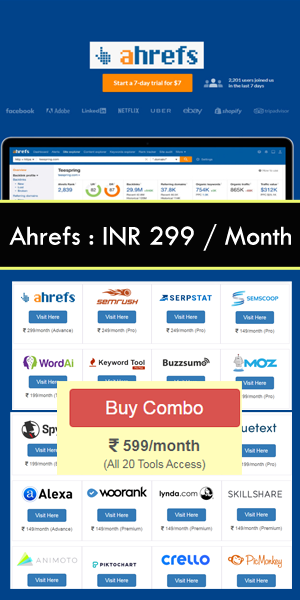Mobile-optimized design. More and more people are using their mobile devices to access the internet, so it’s important to make sure your website is designed to be viewed on a small screen. This means using a responsive design that will automatically adjust to fit the size of the device.
Consistent typography. The typography on your website should be consistent throughout, using the same fonts, sizes, and colors. This will create a more professional and polished look.
Hamburger menus. Hamburger menus are a popular way to create a more streamlined navigation experience on mobile devices. They hide the main navigation menu behind three horizontal lines, which can be opened by tapping on them.
Optimized for speed. Users expect websites to load quickly, so it’s important to optimize your website for speed. This means using a lightweight code, minifying your CSS and JavaScript files, and using a content delivery network (CDN).
White space. White space is a valuable design element that can be used to create a more visually appealing and user-friendly website. It can be used to separate different elements on the page, create a sense of hierarchy, and make the text easier to read.
SEO-friendly elements. Your website should be designed with SEO in mind. This means using relevant keywords throughout your content, creating high-quality backlinks, and optimizing your title tags and meta descriptions.
Cross-browser compatibility. Your website should be compatible with all major browsers, including Chrome, Firefox, Safari, and Edge. This will ensure that your users can access your website regardless of the browser they’re using.
Intuitive navigation. The navigation on your website should be easy to use and understand. This means using clear and concise labels, grouping related content together, and using a consistent navigation structure throughout your website.
Accessibility. Your website should be accessible to all users, including those with disabilities. This means using high-contrast colors, providing alternative text for images, and making sure all forms are accessible.
Ecosystem-based design. Ecosystem-based design is a new approach to web design that focuses on creating websites that are integrated with other digital platforms and services. This can be done by using APIs, social media integration, and other tools to create a more seamless and user-friendly experience.
By following these essential elements, you can create a modern website design that is both visually appealing and user-friendly. This will help you attract more visitors, improve your SEO, and boost your conversions.
In addition to the essential elements listed above, there are a number of other trends that are shaping the future of web design. These include:
- Motion graphics: Motion graphics are becoming increasingly popular in web design, as they can be used to create a more engaging and visually appealing experience.
- 3D design: 3D design is another trend that is gaining popularity, as it can be used to create more immersive and interactive experiences.
- Voice search: Voice search is becoming increasingly popular, so it’s important to make sure your website is optimized for voice search. This means using clear and concise language, and avoiding long strings of text.
- Artificial intelligence (AI): AI is starting to be used in web design, and it has the potential to revolutionize the way we interact with websites. For example, AI can be used to personalize the user experience, provide recommendations, and answer questions.
As the web continues to evolve, it’s important to stay up-to-date on the latest trends and design principles. By doing so, you can create websites that are both visually appealing and user-friendly, and that will help you achieve your business goals.




Be the first to write a comment.